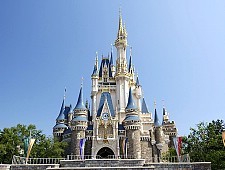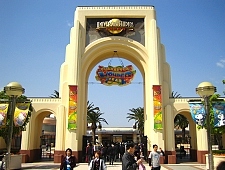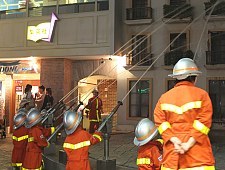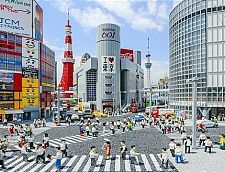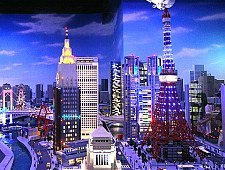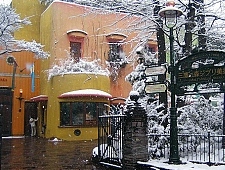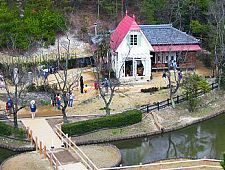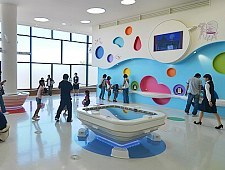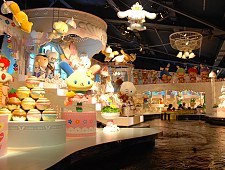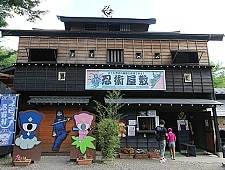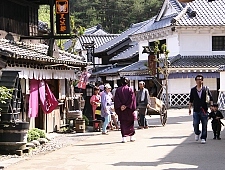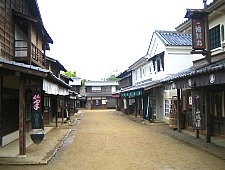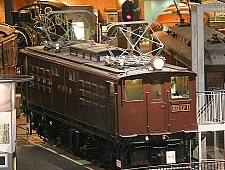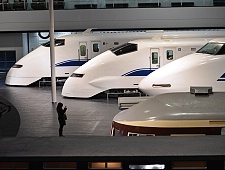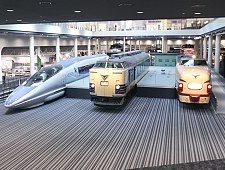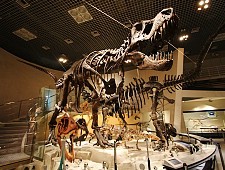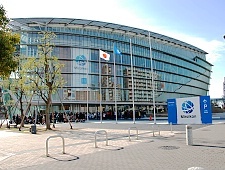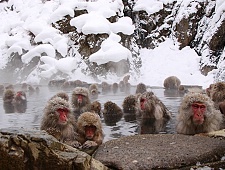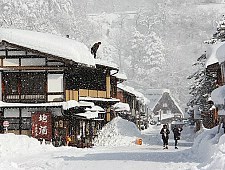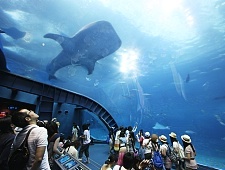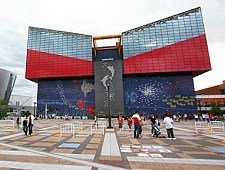Traveling with Children
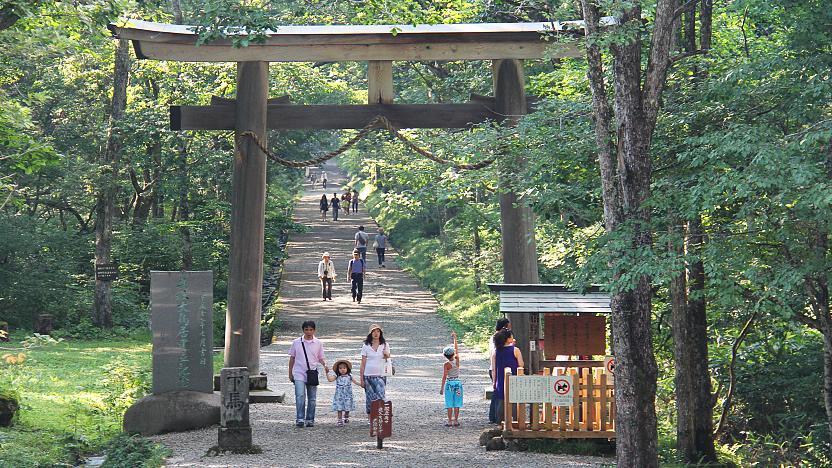
Children introduce unique challenges to travel planning, but luckily Japan is a destination that is easy and safe to explore with kids. The following are some things to consider that can make your family's experience in Japan smoother, cheaper and more enjoyable. Also, check out our Traveling with kids in Japan blog series.
For the purpose of fares and admission fees, children in Japan are typically classified by their school year rather than their ages. But because school systems differ from country to country, children of foreign travelers are more commonly classified by their age: Children aged 12 or older (junior high school and above) commonly pay adult prices while children aged 11 and younger (elementary school and below) qualify for discounts. Children below the age of 6 (pre-school) are often free.
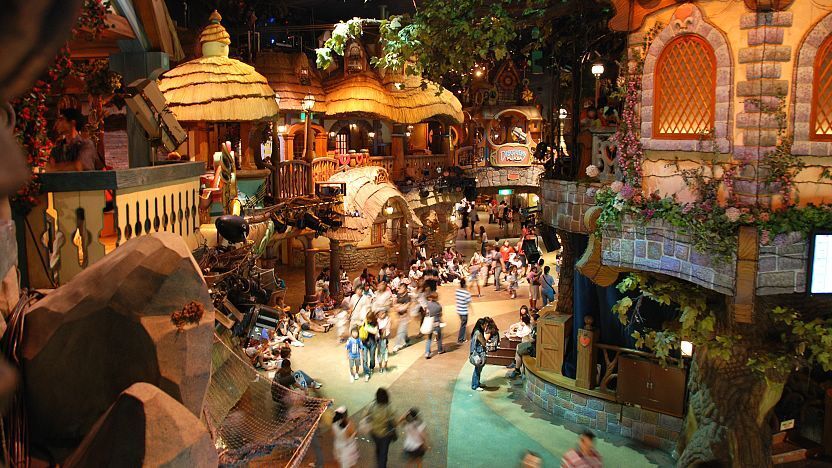
Transportation
Trains
Trains are a convenient way to explore Japan, however train stations can be crowded and busy, especially at urban stations during the morning and evening rush hours (typically 7:00-9:00 and 17:00-19:00 on weekdays). Platforms and trains often become packed with travelers around these times, and it is easy to get caught up in the surging flow of people as they move about the stations and get on and off trains, especially in the mornings and in Tokyo and Osaka.
It is important to keep small children close lest you become separated from each other in the foot traffic. Or better yet, try to avoid rush hours altogether. Even outside of rush hour, make sure to hold small children by their hands when boarding trains and give yourself extra time for transfers, especially when traveling with a baby stroller or pram. Most major stations are equipped with elevators to access the platforms, however they may not always be conveniently located.
Many local trains offer priority seating for pregnant women and those traveling with small children. Most trains (except some urban ones) carry at least one car equipped with a toilet. Note that toilet paper is usually provided, but paper towels are not.
Train fares are generally charged as follows:
- Adult (12 years old and older)
Children twelve years old and older pay the full adult fare. - Child (6-11 years old)
Children 6 to 11 years old pay 50% of the adult fare. On JR trains, limited express and seat reservation fees are also half off, but green car fees are charged at full price. - Young child (1-5 years old)
Up to two young children, 1 to 5 years old, can travel for free when accompanied by one adult (e.g. two adults bring for free up to four young children). Additional young children are charged the regular child rate (50% of the adult fare). The child fare also applies to young children who occupy a reserved seat. - Infant (less than 1 year old)
Infants travel for free unless they occupy a reserved seat, in which case the child fare applies.
Additionally, most rail passes offer 50% discounts for children aged 6 to 11.
Buses
Child discounts for local buses generally follow the same pattern as for trains. On highway buses, discount fares are not always available. If they are available, they are usually less than 50 percent. Infants that do not occupy a seat on their own generally travel for free.
Car seats, child seats or booster seats are not required on local or highway buses, and in some cases, are even prohibited. Infants, for example, must be carried by an adult when riding a highway bus and may not occupy their own seat, even if placed in an infant carrier.
Rental cars
Children under the age of six must be buckled into a child seat in the rear seats when traveling by car. Car seats are available for rent at car rental outlets.
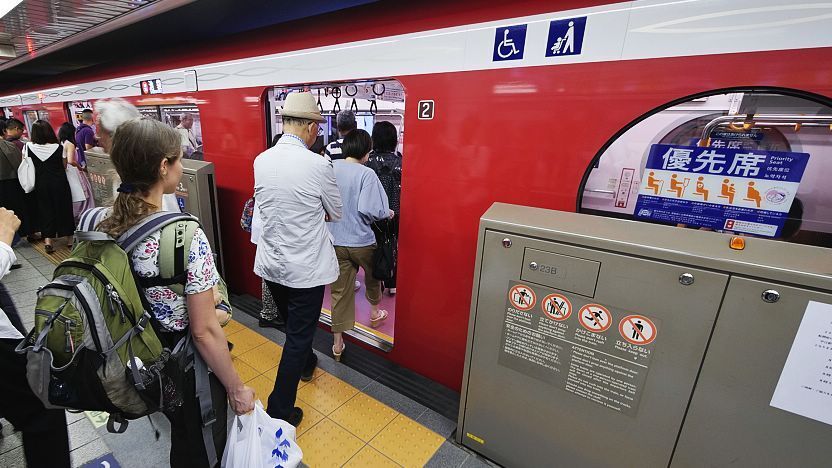
Accommodation
Western-style hotels in Japan generally charge by the room, however they limit the occupancy of each room. Children under twelve are usually allowed to co-sleep with a parent or another child. While triple and quadruple rooms are only rarely found, extra beds and cots are available at many hotels for an additional fee. Each hotel varies on their specific policies regarding children, so please contact your hotel for more information.
Traditional Japanese-style inns, such as ryokan and minshuku, usually include meals in the price of accommodation and use different systems to calculate children's rates based on the age and type of meal the child needs. Again, details differ from place to place, but the following options are commonly encountered:
- Adult meal
Children 12 years and older and those who have an adult meal pay the full rate. - Child's meal
Children under 12 years old who are served a child's meal pay a discounted rate. - No meal
Some establishments allow young children, who occupy a bed but share their parents' meal, to stay for an even more discounted rate. - Infants
Most establishments allow infants who are not served meals to stay for free.
One more option to consider is vacation rentals which are furnished houses or apartments available for rent on a short term basis. Though often less centrally located than hotels, vacation rentals may be a more economical choice, especially for larger families.
Food
A wide variety of restaurants can be found throughout Japan, and most establishments are welcoming to those with young children. Family restaurants and chain restaurants tend to be the most family-friendly, as they usually offer special children's menus and child-friendly booths or traditional-style zashiki seating. Most of these types of restaurants are also good at listing food ingredients on their menus. Conveyor belt sushi also tend to be popular, child-friendly restaurants.
Shokudo and other casual restaurants also tend to be pretty family-friendly; however, there is a lot of variation, and drinking places might become a little rowdy later in the evenings. Small eateries and food stalls are probably best avoided as they are often cramped and tend to have limited, counter-only seating.
High chairs or booster seats are often provided, although they are not often equipped with restraining belts. A scarf or luggage strap may come in handy to secure your child in the seat.
Changing, nursing and public toilets
Changing stations are becoming increasingly more common in public restrooms, and may be found in both women's and men's toilets. Public toilets in Japan are free and numerous. They are commonly found in department stores, shopping malls, train stations and many convenience stores. Large handicap toilets are also often available for use by families with small children and almost always provide a changing station.
Breastfeeding in Japan is allowed in public, but it is best to be discreet. Department stores, shopping malls, outlet malls and theme parks often provide special rooms equipped with private booths for nursing mothers, as well as providing changing stations.
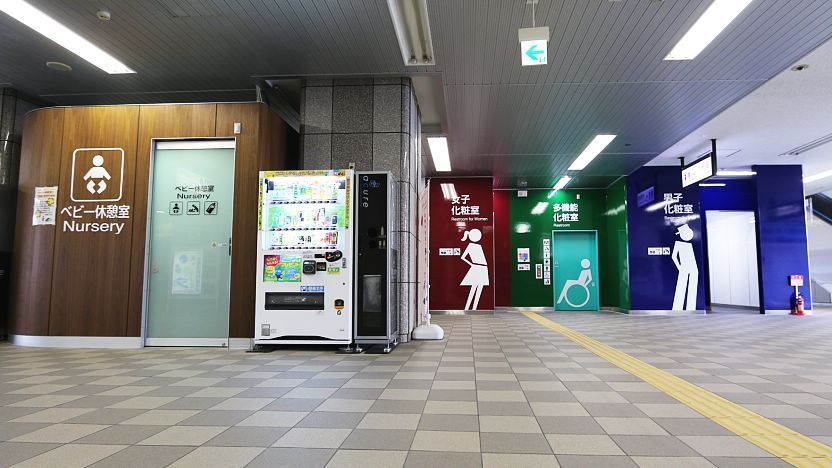
Hot springs
Many hot spring lodgings and bathhouses offer private baths (known as kashikirifuro or kazokuburo) where families can bathe together. They often must be reserved and may require a fee to use (typically 2000-5000 yen per 45 minutes). The number of ryokan that offer private onsen baths on the guestrooms is also increasing. They tend to be expensive.
Children who still use diapers should not enter onsen baths. Note further that the water at many onsen may be too hot or too strong for young children. At gender-segregated baths, young children may enter the baths of the opposite sex when accompanied by a family member. The maximum age to which this is allowed varies by region, but it is usually allowed up to the age of nine.
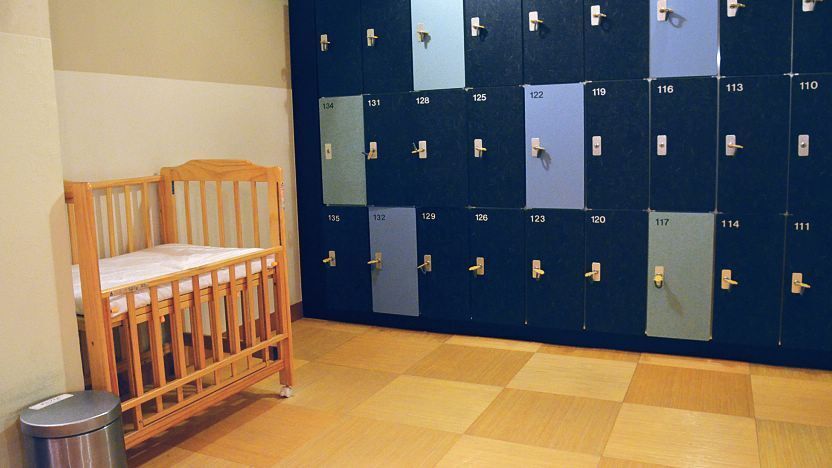
Sightseeing
Admission tickets to museums, theme parks, amusement parks and other sightseeing spots are often discounted half price for children below the age of 12. Many educational museums also offer discounts for junior high school, high school and college students.
Find below a short list of child-friendly tourist attractions:
Amusement parks and theme parks
A wider selection of amusement parks and theme parks around Japan can be found on our amusement parks page.
Anime and manga
More anime and manga based attractions can be found on our Manga and Anime Guide and our Tokyo Anime Guide.
History
Museums
Nature and sports
Questions? Ask in our forum.
